Business
LIC‑Owned NBFC Stock in Focus Post This Update
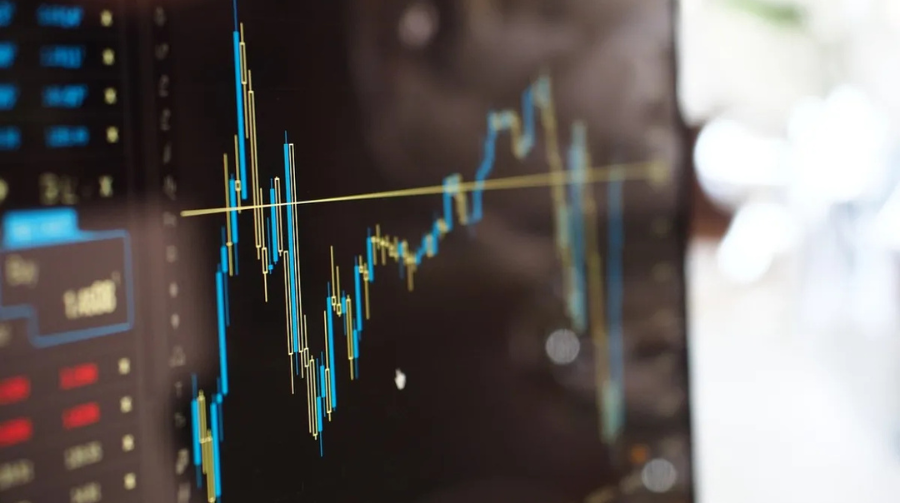
What’s Making the Stock Noteworthy?
- Paisalo Digital—a LIC-backed NBFC—is making headlines after approving several fundraising initiatives that have shifted investor sentiment. One such move includes issuing Non-Convertible Debentures (NCDs) worth up to ₹50 crore, with a 10% coupon over a 24-month term
- The stock gained significantly after announcing a co‑lending loan agreement with State Bank of India (SBI), aimed at expanding SME lending via digital platforms, leading to a sharp 7% intraday rise in late June
- Earlier in June, it approved issuance of short-term commercial papers totaling ₹30 crore, which helped the stock rebound from its lows

Stock Performance Snapshot
- Currently trading under ₹50, Paisalo Digital’s share price has surged 9–10% in recent trading sessions amid strong market reaction to dividend announcements and Q1 earnings
- That marks a rebound after a sharp YTD decline of nearly 39%, and in the past year alone, the stock has lost over 60% in value
- Despite its small-cap status, the company has delivered over 175% returns over five years, making it a multibagger—but with high volatility and significant downside risk
- Recent regulatory filings also show institutional investor interest, with Equilibrated Venture increasing its promoter stake to around 15.67% of total shares

Why Is It in Focus?
- Aggressive Capital Raising Moves
- The NCD allotment (up to ₹50 cr) bolsters the company’s working capital, while the SBI co-lending tie-up positions it as a serious contender in SME lending
- Growth Versus Risk
- Despite the bullish fundraises, Paisalo faces tight margins and regulatory headwinds. Broader sentiment in the NBFC sector—especially after concerns over Bajaj Finance’s post-earnings decline—is adding to caution
- Stock Sentiment & Momentum
- Unexpected dividend news and board decisions have created short-term buying pressure, but structural weakness and steep recent declines suggest high risk remains

Comparison with LIC Housing Finance (LIC HFL)
While Paisalo captures headlines, its sister company LIC Housing Finance (LIC HFL)—also LIC-owned—offers much more stability but slower growth:
- As of the latest trading, LIC HFL trades around ₹620 on NSE/BSE, with a P/E ratio of ~6.3, well below the sector average of 12–15
- In Q4 FY2025, LIC HFL reported a 25% YoY PAT growth, declaring a 500% dividend payout and showing a loan book increase of around 7% YoY. However, net interest margins declined slightly to ~2.73–2.86%
- Technical analysts note a bearish rising‑wedge formation in LIC HFL’s chart, which may signal near-term pullbacks. Strategic options plays like a “Broken Wing” strategy are being recommended for conservative traders
- LIC HFL also recently launched India’s first-listed residential mortgage-backed securities (RMBS) edition, raising ₹10 billion via AAA-rated 20‑year securities—highlighting its institutional credibility and innovation
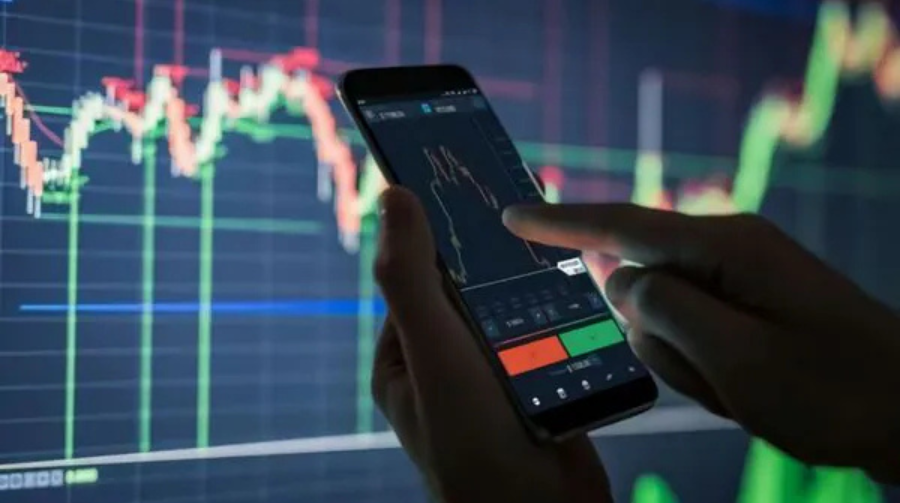
Conclusion & Investor Takeaway
| NBFC | Key Attributes |
|---|---|
| Paisalo Digital | Small-cap, high volatility, aggressive fundraising, recent IPO/dividend-driven BJP |
| LIC HFL | Large-cap, stable housing finance play, reliable dividends, expansion via structured debt products |
- Paisalo Digital remains a speculative, high-risk, high-return play: its recent fundraises and strategic partnerships could pay off if execution is solid—but sentiment remains fragile.
- LIC Housing Finance, on the other hand, is more suited for conservative investors seeking steady income, institutional innovation, and stability in the NBFC housing space.
- Broader sector caution remains due to macro pressures and recent NBFC volatility—Bajaj Finance’s decline casts a long shadow over smaller players too
Business
Gold, Silver Rates Today (August 28): Gold Drops on MCX Amid Trump’s Tariffs, Silver Continues to Shine

Precious metal prices witnessed mixed trends on Thursday as gold prices dipped on the Multi Commodity Exchange (MCX), while silver maintained its upward momentum. The movement came in the backdrop of heightened global trade tensions after US President Donald Trump announced an additional 25% tariff on Indian goods, which rattled investor sentiment and prompted profit booking in the bullion market.
Gold Prices on MCX
The October 3 gold futures contract on the MCX opened weak, sliding by ₹92 to ₹1,01,450 per 10 grams compared to the previous close of ₹1,01,542. Soon after, it slipped further to an intraday low of ₹1,01,334 per 10 grams before staging a mild recovery. At last trade, gold stood at ₹1,01,470 per 10 grams, down by ₹72 or 0.07%. During the session, the yellow metal touched an intraday high of ₹1,01,542 but failed to sustain momentum amid profit-taking.

Analysts attribute the decline to two main factors – first, investor profit booking after a sharp rally in the past week, and second, concerns over Trump’s tariff decision, which has triggered fears of potential pressure on India’s exports and broader economic sentiment.
Silver Prices on MCX
In contrast, silver futures (September 5, 2025 maturity) began the session with a slight gain and quickly built momentum. The contract opened at ₹1,16,099 per kg, just ₹2 higher than the previous close, but soon surged to hit an intraday high of ₹1,16,690 per kg. Last seen, it was trading at ₹1,16,620 per kg, marking a gain of ₹523 or 0.45%.
Experts suggest that while gold is under pressure due to trade-related uncertainties, silver is benefiting from strong industrial demand, particularly in electronics and renewable energy sectors, which has helped prices remain buoyant.
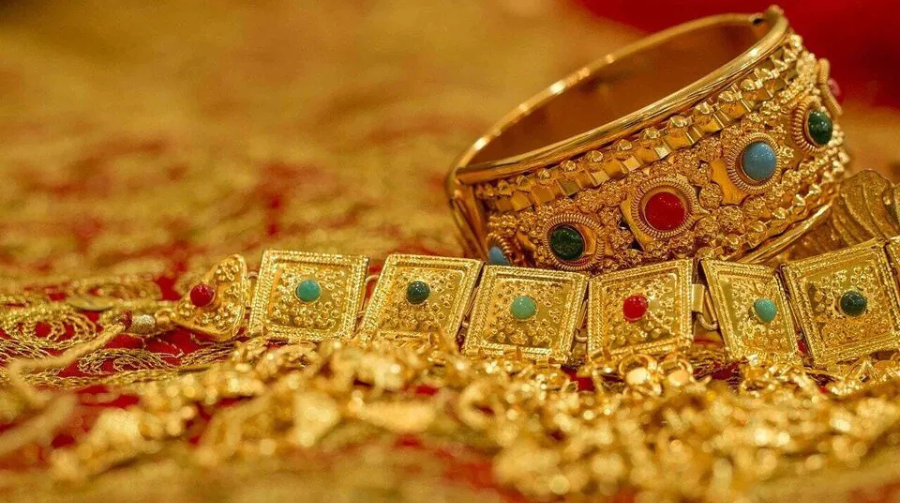
Global Gold Market Trends
In the international market, gold prices showed a muted trend. COMEX gold was almost flat at USD 3,448.7 per troy ounce, while spot gold slipped slightly by 0.18% to USD 3,390.39 per ounce at 11:30 AM IST. Analysts note that global investors are closely monitoring US-China trade relations and the impact of Trump’s tariff measures on emerging markets like India.
Gold Prices in Major Indian Cities
- Delhi – 24-carat: ₹1,02,750 per 10g | 22-carat: ₹94,200 per 10g
- Mumbai – 24-carat: ₹1,02,600 per 10g | 22-carat: ₹94,050 per 10g
- Kolkata – 24-carat: ₹1,02,600 per 10g | 22-carat: ₹94,050 per 10g
- Chennai – 24-carat: ₹1,02,600 per 10g | 22-carat: ₹94,050 per 10g
Silver Prices in Key Cities
- Delhi – ₹1,20,000 per kg
- Mumbai – ₹1,20,000 per kg
- Kolkata – ₹1,20,000 per kg
- Chennai – ₹1,30,000 per kg
Outlook
While gold faces short-term resistance due to profit booking and global trade uncertainties, experts believe the long-term outlook remains positive, with demand expected to pick up during the upcoming festive season in India. Silver, on the other hand, is likely to see stronger momentum given its dual role as a precious and industrial metal.

Traders advise investors to watch for global cues, particularly US trade policies and the strength of the dollar, which will play a crucial role in shaping gold and silver trends in the coming weeks.
Business
FASTag Annual Pass Launching on August 15: Check Fee, Validity, and All Important Details

The National Highways Authority of India (NHAI) is introducing a game-changing toll payment solution for frequent highway travellers — the FASTag Annual Pass — starting August 15, 2025. This initiative is designed to make highway travel more convenient, cost-effective, and completely cashless.
The move comes as part of the government’s broader push towards 100% digital toll collection, aimed at reducing congestion at toll plazas and ensuring a smoother travel experience.
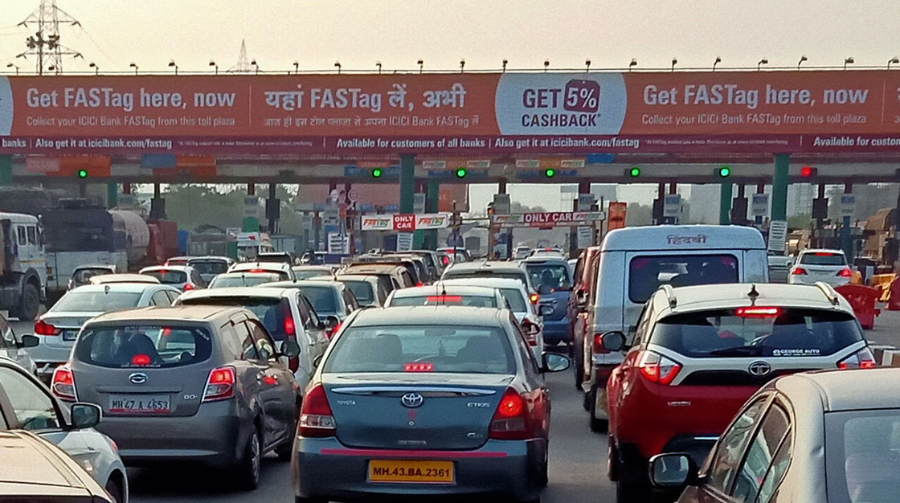
What is the FASTag Annual Pass?
The FASTag Annual Pass is a one-time payment subscription that allows unlimited toll crossings on designated routes for an entire year. Unlike the traditional FASTag, which requires topping up after balance deductions for every trip, the annual pass offers unlimited usage within its validity without worrying about per-trip charges.
It uses the same RFID (Radio Frequency Identification) technology already in place for FASTag, which automatically scans your tag when you pass through a toll plaza.
FASTag Annual Pass Fee and Validity
- Annual Fee: Expected to start from ₹10,000, but may vary based on route and toll category.
- Validity Period: 12 months from activation date.
- Coverage: Initially applicable to selected toll plazas and specific national highway stretches, with plans to expand nationwide.
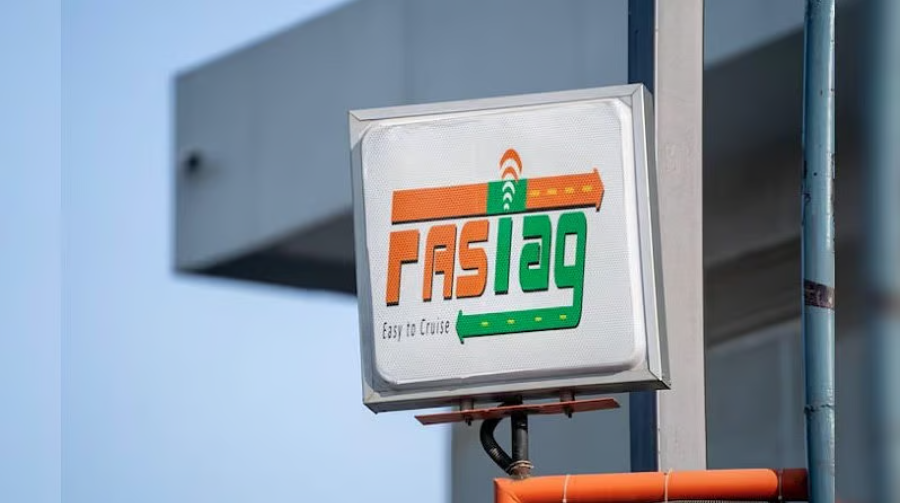
Benefits of the Annual Pass
1. Unlimited Travel on Selected Routes
Perfect for those who travel the same route regularly — for example, office commuters, transport companies, and long-distance taxi services.
Time-Saving Convenience
No need to stop for cash payments or worry about low FASTag balance — annual pass holders can breeze through dedicated FASTag lanes without interruptions.
Cost-Effective for Frequent Users
While ₹10,000 might seem high at first, frequent travellers often spend more on tolls annually. For them, the pass can mean significant savings over time.
Hassle-Free Management
No recharges, no top-ups, no balance checks — just one payment for the whole year.
Who Should Get the FASTag Annual Pass?
- Daily Commuters – Employees traveling between two cities for work.
- Logistics Operators – Trucks, vans, and delivery vehicles using fixed routes.
- Passenger Transport Services – Inter-city cabs and buses.
- Regular Highway Travellers – Families or individuals visiting relatives in nearby towns frequently.
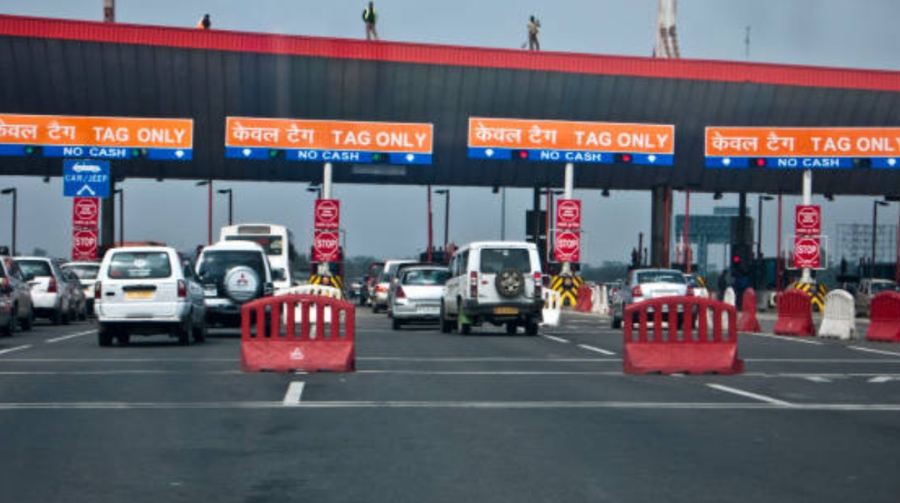
How to Apply for FASTag Annual Pass
- Visit the NHAI FASTag official portal or authorised partner banks.
- Select the “Annual Pass” option under the services menu.
- Fill in vehicle details including registration number, chassis number, and category.
- Upload KYC documents – Aadhaar, RC book, and ID proof.
- Make the one-time payment online or at an authorised agent.
- Activation will be completed within 24–48 hours.
Things to Keep in Mind
- Non-Transferable: Linked to one vehicle; cannot be used for multiple vehicles.
- Route-Specific: Initially valid only for selected stretches; may expand later.
- No Refunds: Mid-term cancellations will not be refunded.
- Vehicle Category Limits: Separate pricing for commercial and private vehicles.
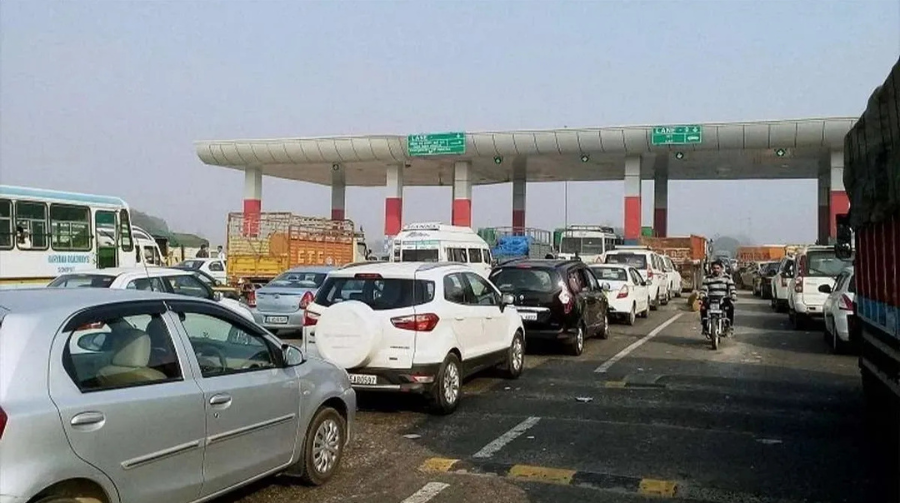
Comparison: FASTag Annual Pass vs Regular FASTag
| Feature | Annual Pass | Regular FASTag |
|---|---|---|
| Payment Mode | One-time yearly | Recharge as needed |
| Validity | 12 months | Until balance runs out |
| Best For | Frequent fixed-route travellers | Occasional users |
| Recharge Hassle | None | Yes |
| Cost Efficiency | High for daily commuters | Varies |
Government’s Push for Digital Tolling
The annual pass is part of NHAI’s plan to make toll collection entirely cashless. With over 95% adoption rate of FASTag in India, the government is now focusing on reducing congestion further by minimising recharge-related delays.
Business
Invest in Bitcoin with Just ₹100 in India: A Beginner’s Guide
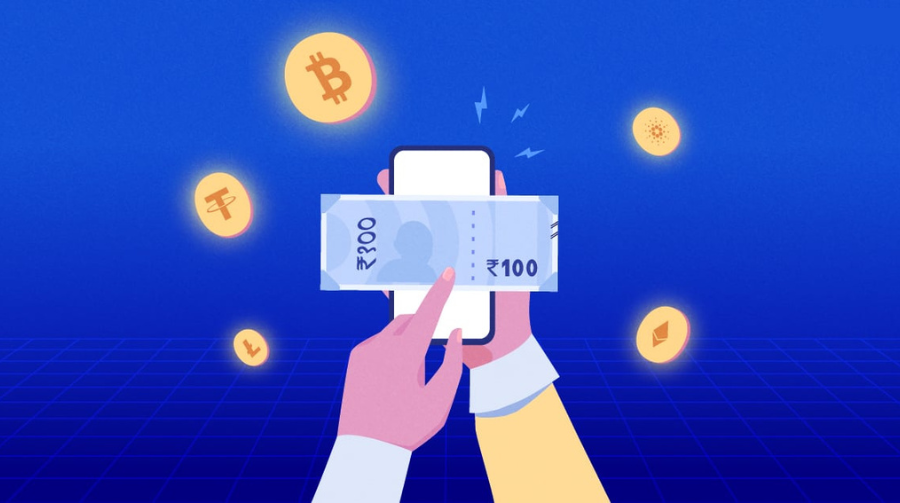
Cryptocurrency is becoming increasingly accessible in India—now, you can start investing in Bitcoin with as little as ₹100. Here’s how the landscape has evolved and why this is a game-changer:

Fractional Ownership of Bitcoin
Unlike a whole Bitcoin, which costs around ₹1.05 crore today, the cryptocurrency can be bought in fractions (called satoshis). This allows investors to enter the market with minimal amounts. Platforms like CoinDCX, Mudrex, Unocoin, WazirX, Flitpay, and CoinSwitch support purchases as low as ₹100
How to Buy with ₹100: Step-by-Step
Here’s a simplified guide using any of the major Indian exchanges:
- Choose a Crypto Exchange
Select a trusted platform like CoinDCX, WazirX, or Unocoin—all allow ₹100 minimum purchases - Sign Up and Complete KYC
You’ll typically submit your PAN, Aadhaar, and a selfie to comply with Indian regulations - Deposit ₹100 INR
Use UPI, IMPS, or net banking to deposit the money into your exchange wallet - Buy Bitcoin
Go to the Bitcoin (BTC) page, enter ₹100, and buy. You’ll receive a fraction of a Bitcoin accordingly - Store Securely
Keep your BTC in the platform’s wallet or transfer to a cold wallet for enhanced security.
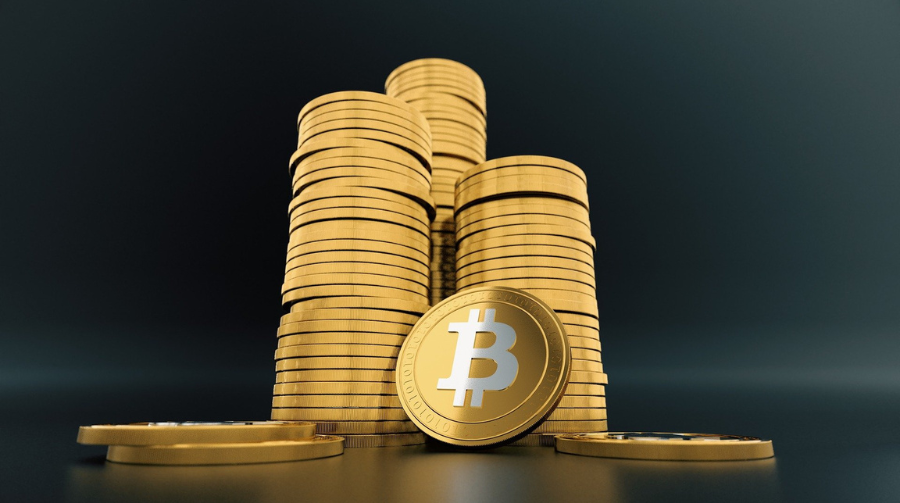
Start a Systematic Bitcoin Plan
Many exchanges like Unocoin and Mudrex offer Systematic Buying Plans (SIPs) or recurring buys, letting you invest ₹100 daily, weekly, or monthly. This helps average out volatility and build holdings over time
Benefits of Micro-Investing
- Beginner-Friendly: Low-risk entry for crypto newcomers
- Portfolio Diversification: Helps spread investments across assets
- Dollar-Cost Averaging: Reduces market timing risks
- Build Discipline: Start small and gradually scale
ZebPay highlights that fractional ownership empowers individuals to invest even with limited funds
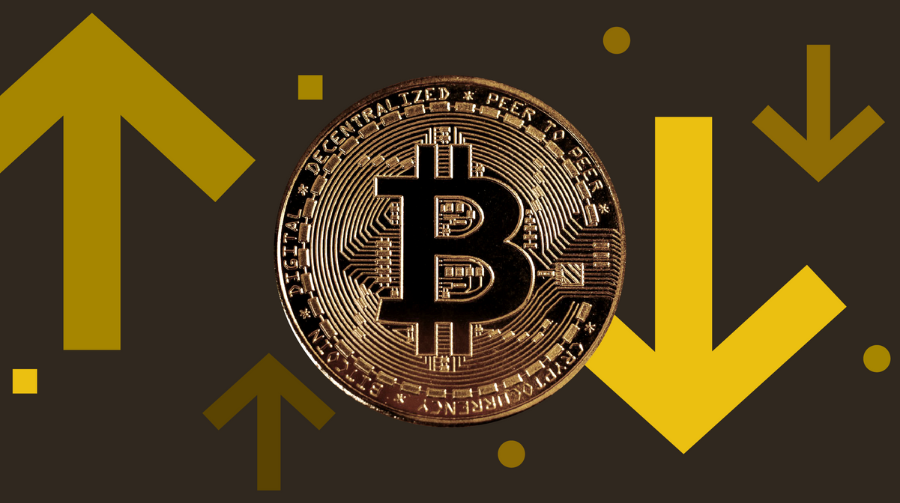
Points to Watch
- Platform Fees: Small investments could be disproportionately affected by transaction fees—choose low-cost platforms
- Regulatory Uncertainty: Cryptocurrencies aren’t legal tender in India, though buying/selling is allowed; tax rules apply
- Volatility Risk: Bitcoin prices are highly volatile—invest only what you can afford to lose
Why ₹100 Matters in the Big Picture
Even tiny investments can compound over time. For example, ₹100 monthly SIPs could grow significantly during bull cycles. Plus, they help new users get comfortable with the market mechanics before scaling up.
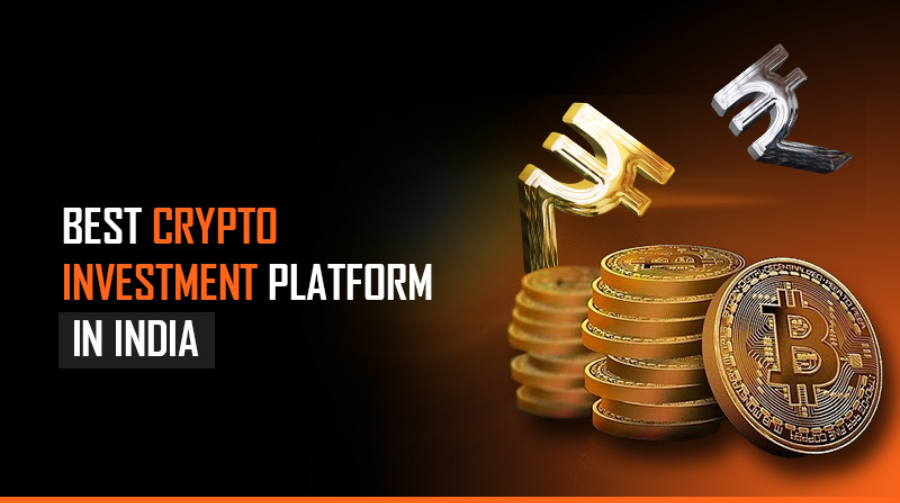
Final Takeaway
Thanks to fractional Bitcoin and user-friendly Indian platforms, you no longer need large capital to start. With just ₹100, you can:
- Start building crypto exposure
- Experience hands-on how buying, storing, and selling works
- Leverage SIPs to manage volatility and grow steadily
Just choose a reliable crypto exchange, do your KYC, invest ₹100, and begin your crypto journey today!
-

 Celebrity Lifestyle6 months ago
Celebrity Lifestyle6 months agoEx-Cricketer Shikhar Dhawan Buys Ultra-Luxury Apartment Worth ₹69 Crore in Gurugram
-

 Glamour & Entertainment5 months ago
Glamour & Entertainment5 months agoTelegram Channels Disseminating Pro‑Russian Propaganda in Poland
-

 Crime & Investigation3 months ago
Crime & Investigation3 months agoDelhi Police SI Neetu Bisht Caught Taking ₹20 Lakh Bribe – Shocking Details Emerge in Corruption Probe
-

 Business5 months ago
Business5 months agoAmazon sets 30‑day relocation deadline for corporate staff—opt out by resigning in 60 days
-

 Celebrity Lifestyle5 months ago
Celebrity Lifestyle5 months agoMaha Kumbh Girl Monalisa seen in car allegedly worth ₹1 crore
-

 Entertainment5 months ago
Entertainment5 months agoAbhijeet & Dr Tarika Reunite in CID 2 — Fans Say ‘Clear the Misunderstanding Now
-

 Education5 months ago
Education5 months agoNEET UG Controversy Explained: Paper Leak, Impersonations & Ongoing Probe
-

 Bollywood3 months ago
Bollywood3 months agoNo ₹3 Lakh Fine or 2-Year Jail: The Truth Behind the ‘Hakla’ GIF Buzz




